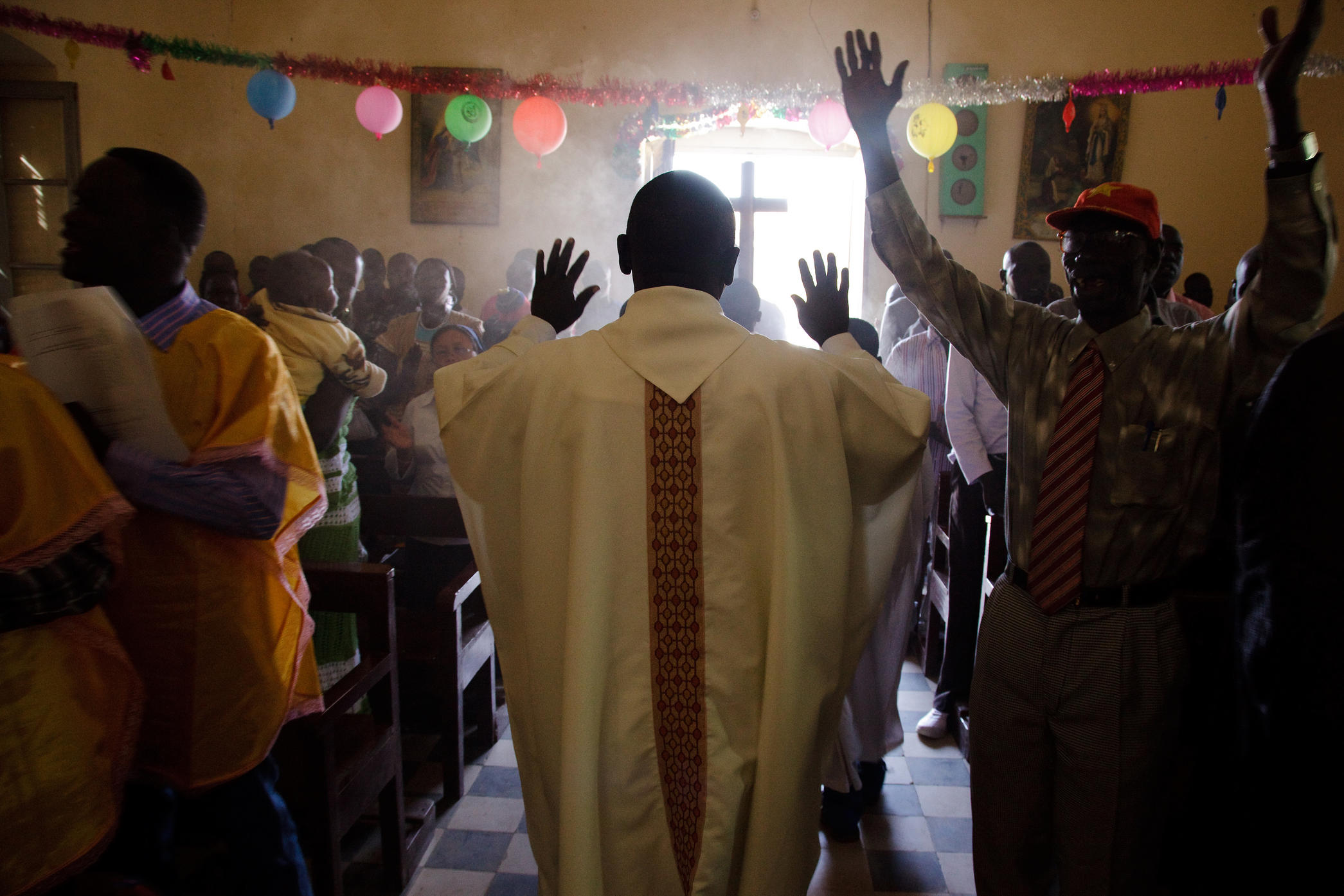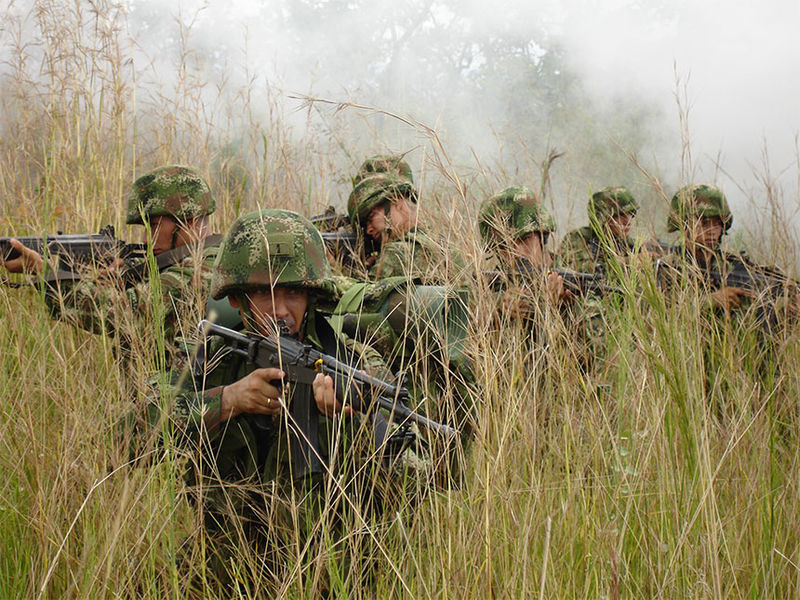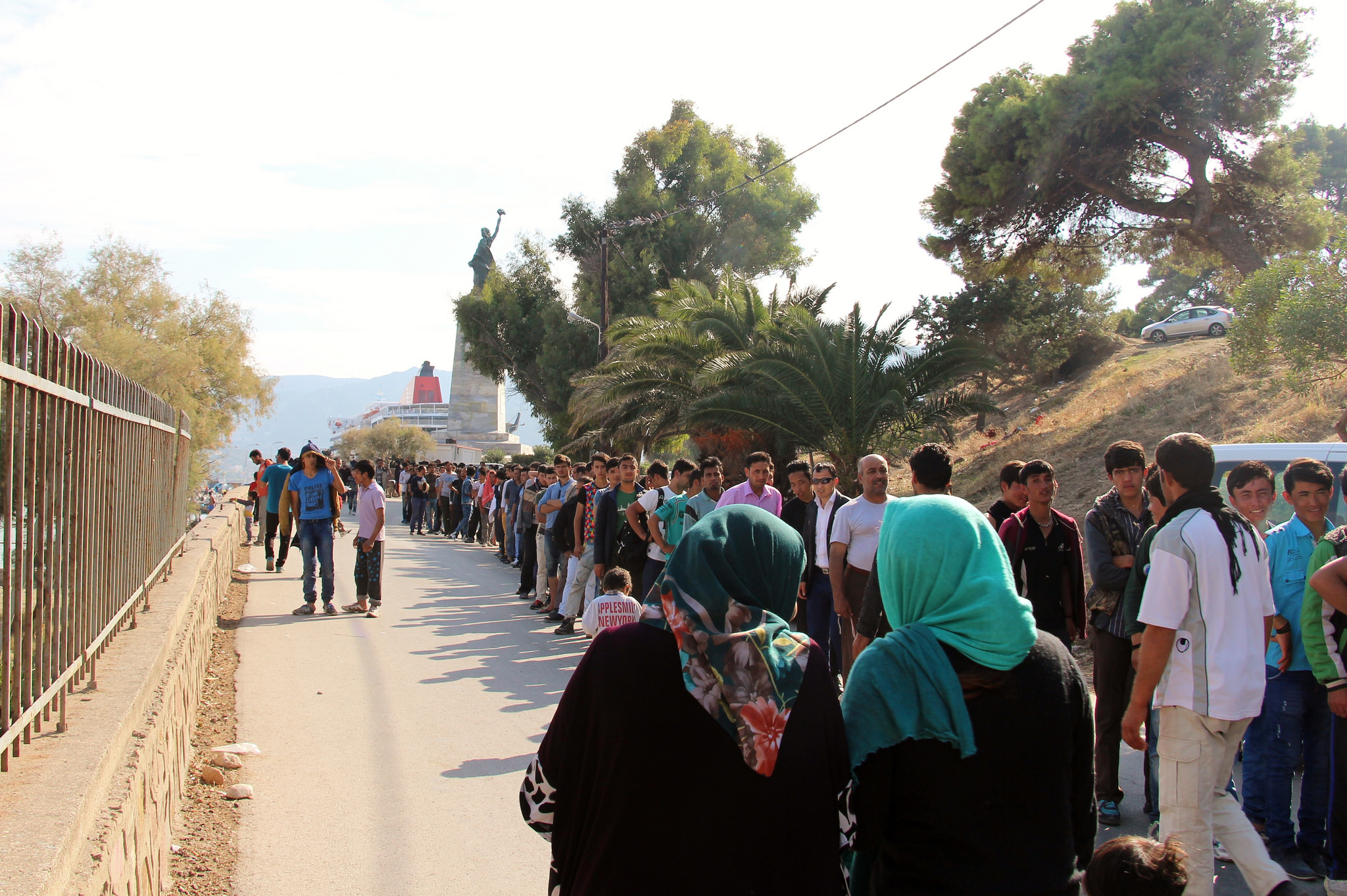Guest post by Johannes Vüllers, Alexander De Juan and Jan H. Pierskalla
Headlines associating religion and political violence grab attention and shape public perception. For example, reports from Sri Lanka, Myanmar, and Thailand indicate a growing political influence of Buddhist extremists resulting in violent attacks against other religions and a growing discriminatory state policy against religious minority groups. Atrocities committed by Christian militias in Central African Republic and recent arson attack by Jewish extremists in the West Bank show that fundamentalism and violence can be found in all religions. Indeed, Abu Bakr al-Baghdadi, the leader of ISIS, contributed to this perception when he recently declared that “Islam was never a religion of peace. Islam is the religion of fighting.”
Surprisingly though, a comparison of religious with other forms of violence shows that the former is not as dominant as news reports might indicate. Even in countries widely known for religious violence, religious actors are rarely involved in violence. For example, religious actors were involved in less than 10 percent of all violent events in Pakistan from 1988 to 2011 (BFRS Violence in Pakistan dataset). The same holds true for Nigeria, often seen as another striking example of religious violence due to the inter-religious clashes in Kaduna and Jos as well as the Islamic terror group Boko Haram. In Indonesia, famously embroiled in ethno-religious communal violence and Islamist terror attacks in the early 2000s, religious actors were involved in only around 1 percent of all violent events since 1998.
The public perception of religion as a major source of conflict thus seems to be misleading. Might religion play a pacifying role in other, non-religious conflicts? If we turn from Syria and Iraq to current political crises in other parts of the world, we can see that religion does indeed contribute to peace much more often than reported in news. In the ongoing violent conflict in South Sudan, local religious leaders repeatedly called for peace and engaged in grass-roots peacebuilding activities across ethnic, religious, geographical and political cleavages. In northern Mali religious leaders traditionally play a strong role in local-level conflict resolution, acting as a peace brokers in communal conflicts. They are seen by the population as the key actors in communal mediation and peacebuilding after Mali’s most recent crisis.
In fact, we believe that everyday religious practice often contributes to peace. Local religious institutions typically have a great positive impact on the communal life.
First, they bring their believers together in social activities, such as in a gospel choir, prayer groups or youth groups. Believers active in a local religious institution often have different socio-economic backgrounds – company managers and unemployed youths pray together. They can come from different ethnic groups and are active together in the group’s activities. This can create a strong common identity that bridges other cleavages. A common identity as members belonging to the same religious group makes it harder for extremists and politicians to sow seeds of division between different ethnic or social groups.
Another aspect of local religious institutions is that they can serve as early warning systems for growing tensions and conflicts. Religious leaders have direct access to information about tensions and mistrust between local identity groups due to their close relationship within the community. The networks of religious groups can help monitor the behavior of believers and thereby make religious institutions’ engagement for peace more effective.
In a recently published article we tested this broader argument with detailed data from the Indonesian context. Drawing on information on communal violence in over 60,000 Indonesian villages from the early 2000s, our statistical analysis shows that local religious institutions contributed to communal peace. A high density of local religious institutions substantively decreased the likelihood of communal violence. Moreover, if conflict erupted locally, successful attempts at conflict resolution were more likely in villages with a higher density of religious institutions. This suggests that the everyday presence of local religious institutions can play a pacifying role for a broad class of communal conflicts.
Surprisingly, general knowledge about the pacifying role of local religious institutions is relatively modest. We believe that the “if it bleeds, it leads” maxim of journalism is partly responsible: the preventive impact of religious institutions on the local level is not newsworthy compared to violence. Hence, we often miss information on the activities of local religious institutions. NGOs in the field, such as the World Conference for Religion and Peace, focus on institutionalized and thus highly visible religious peace activism. Examples are the Interfaith Mediation Center in Nigeria, the Acholi Religious Peace Initiative in Uganda, or the Bishop-Ulama Forum in the Philippines. This focus has drawn the attention away from the role and impact of local religious institutions to the national level. That said, the public, policy makers, and researchers will all do well to appreciate the impact journalistic maxims can have on our perceptions.
More systematic information on activities by local religious institutions is needed to gain an accurate picture of religion in conflict. More information and research would also help NGOs and states that are actively engaged in conflict resolution and mediation to design suitable projects. In fact, international donors could support religious institutions at the local level with rather few resources. Our findings suggest that this could be a very good way to support local prevention mechanisms against the outbreak of communal conflicts.
We should, however, draw attention to the limitations of our argument. While local religious institutions can mitigate conflict risks when religion acts as a binding force for other societal conflict lines, they tend to fail, or even exacerbate conflict, when the main fault line of conflict is religion itself. Then, the role of local religious institutions can become problematic and contribute to persistent religious violence, as in the cases of the two Indonesian provinces Maluku and Sulawesi, which were mired in explicitly religious violence, fanned by actions of local religious leaders.
Johannes Vüllers is a senior research fellow in the Communication, Networks, and Contention working group at the University of Konstanz. Alexander De Juan is a senior research fellow with GIGA – the German Institute of Global and Area Studies. Jan H. Pierskalla is an Assistant Professor of Political Science at the Ohio State University.








2 comments